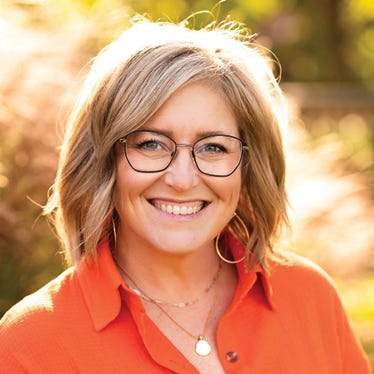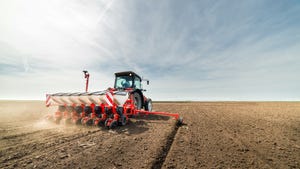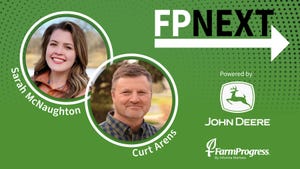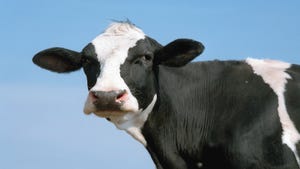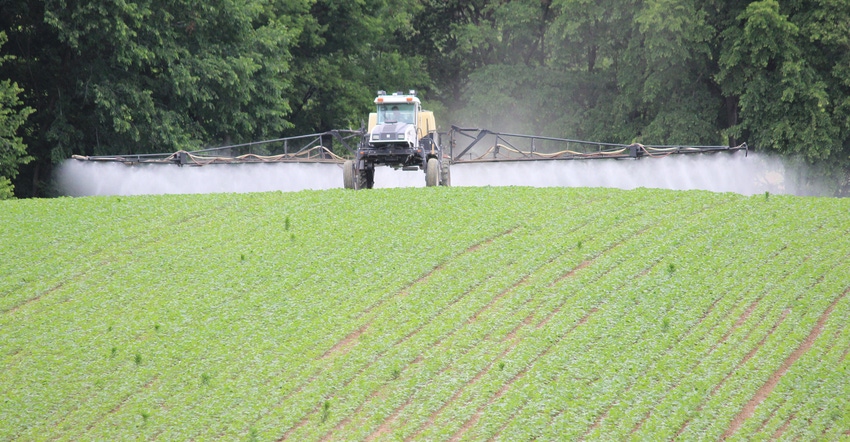
The June 30 cutoff date for applying in-season dicamba to soybeans in Illinois remains in place, according to the Illinois Department of Agriculture.
Doug Owens, head of IDOA’s Bureau of Environmental Programs, says they’ll continue to review the situation but are sticking with June 30 for now.
“The weather’s not cooperating with anybody right now,” Owens says. “We’ll review as we go along, but as of this date, there is no proposed revision to that time.”
The June 30 cutoff was one of five additional state-specific restrictions IDOA imposed in February, including prohibited use when wind is toward residential areas, required FieldWatch consultation, use of downwind buffers near nature sites, and recommendations to apply when wind blows away from sensitive areas. Those restrictions are in addition to the federal label requirements for all dicamba products.
Owens says they’ve had requests to extend the deadline from all across the state.
“We have had requests from farmers, from farmers’ groups, from all different regions of the state. Right now, at least at this time, we are not extending that date,” he says. “But we’re following it, and we’re keeping an eye on the situation.”
Owens says requests to extend the cutoff date were coming in prior to May 15, before the cutoff would’ve made any difference. The federal label says dicamba applications can’t be made more than 45 days after planting.
“We were getting calls the first week in May, wanting to know whether we were going to enforce June 30,” Owens says. “I think people were just paranoid because they had been slowed down, and they were not in the field then.”
At this point, he acknowledges, the requests have been entirely weather-related. “I’m sure the weather has had everything to do with those requests, because we’ve had trouble getting out into the fields and planting is delayed,” he says.
Owens says to change the date, the department would have to amend its 24(c) label, either through rule-making or through the 24(c) process. IDOA enacted the Special Needs Label under Section 24(c) of the Federal Insecticide, Fungicide and Rodenticide Act. “It could be done fairly quickly though,” he adds.
IDOA issued its additional restrictions on dicamba use following dramatically higher dicamba complaints. From 1989 to 2016, herbicide-related complaints number from 110 to 115. In 2017, IDOA received 430 total complaints, with 246 related to dicamba. In 2018, after the U.S. EPA issued additional label requirements, IDOA actually saw an increase in misuse complaints, with 546 total complaints and 330 related to dicamba.
Those numbers are five times what IDOA saw prior to in-season dicamba use. Ag Director John Sullivan said at the time, “We’ve got to see those complaints come down. We have to.”
Owens says the dramatic increase propelled the department to issue additional restrictions, with the main one being a hard June 30 cutoff date for application.
“We want to try to limit those late-season, over-the-top applications that seem to be causing the most problems,” he says. “Everything’s planted and growing at that point; temperatures are higher. It’s just a bad mix for potential drift.”
About the Author(s)
You May Also Like


